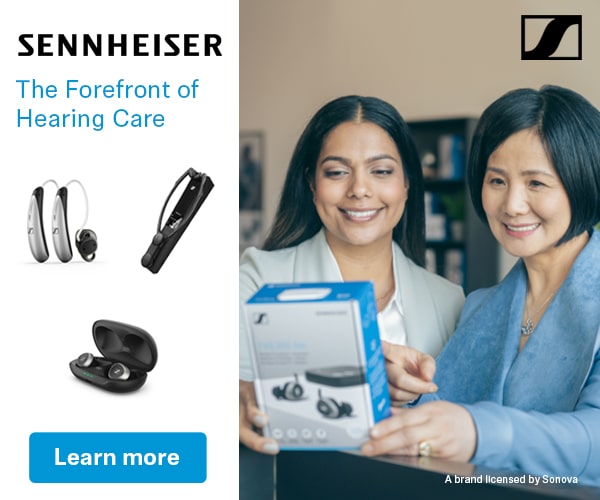This is the fourth post in a series on why people with hearing loss should care about person-centered care. Today’s post discusses person-centered care’s third tenet: Embrace Creativity.
Innovation is the only constant in technology and patient care, a double-edged sword for hearing aid wearers. On the plus side, advances make communication better and easier, but keeping up with all the details can be a challenge. We count on our audiologists to help us navigate this changing landscape, pinpointing the features that are right for us, and discarding those that are not. Because no two hearing losses are the same, this requires creativity. The best audiologists will help us change with the times, keeping our care current, yet also tailored to our specific communication needs.
Why is Creativity Important in an Audiologist?
Covid-19 has highlighted how important it is for your audiologist to be creative. As new listening difficulties come to light – for example talking to people wearing face masks – audiologists cannot simply prescribe the same old solutions. They don’t work in this new reality.
It is exciting to see how many clinics are rising to the challenge. Many audiologists have constructed mask programs for their client’s hearing aids that boost the high frequency sounds that are most often blocked by masks. Audiologists have also embraced new methods of providing care like tele-health and curb-side pickup for device repairs. Many of these advances will likely remain post-pandemic too.
What Should You Look For?
It’s easy to identify creative audiologists. They are the ones embracing change, promoting innovation and put themselves in our shoes to find solutions to our hearing challenges.
Embrace assistive listening technology.
Hearing aids are great, but we all know that in many situations, they are not enough. The best audiologists will suggest a variety of assistive listening technologies depending on the situation. Some, like Roger Pens, will be made by traditional hearing aid manufacturers, but others might be direct to consumer devices or even apps.
Share their favorite apps and communication innovations.
Creative audiologists loop their reception desk to aid with checking patients in and out and to demonstrate T-coil functionality. They highlight TV connectivity tools, captioned telephones and the latest gadgets that make living with hearing loss easier in their waiting areas. They are eager to show you the latest app they found to help make communication easier and to learn about the ones you use in difficult listening situations.
Promote T-coil technology.
T-coils are not new, but many audiologists do not make patients aware of this useful technology. They should, since T-coils can be life changing for many hearing aid wearers, particularly as looping systems become more prevalent globally.
Encourage us to use accommodations.
The first time many of my hearing loss friends and I learned about CART or the options for captioning at the theater or the movies was at a hearing loss convention many years into our hearing loss journeys. This should not be the case. The best audiologists educate their patients about these life changing technologies and others that we can request when out and about, and encourage us to make these requests. The more accommodations are utilized, the more likely they will be available for others to use in the future.
Are willing to teach.
The best audiologists are not only experts in audiograms and hearing aids, they are also counselors and teachers. As technology changes, they must be willing to stay current for themselves and make sure their patients stay up to date too. The more tools we have to use in difficult listening situations, they better off our communications will be.
Advocate for the hearing loss community.
Creative audiologists support patients inside and outside the clinic. As experts in hearing loss and hearing technology, audiologists are well equipped to work with local governments and businesses to increase accessibility and communication access for people with hearing loss.
For more details on the importance of a creative audiologist, please consult my e-book Person-centered Care from the Patient’s Perspective.

Shari Eberts is a hearing health advocate, writer, and avid Bikram yogi. She is the founder of Living With Hearing Loss, a blog and online community for people living with hearing loss and tinnitus. She also serves on the Board of Trustees of Hearing Loss Association of America. Shari has an adult-onset genetic hearing loss and hopes that by sharing her story she will help others to live more peacefully with their own hearing issues. Connect with Shari: Blog, Facebook, LinkedIn, Twitter.







